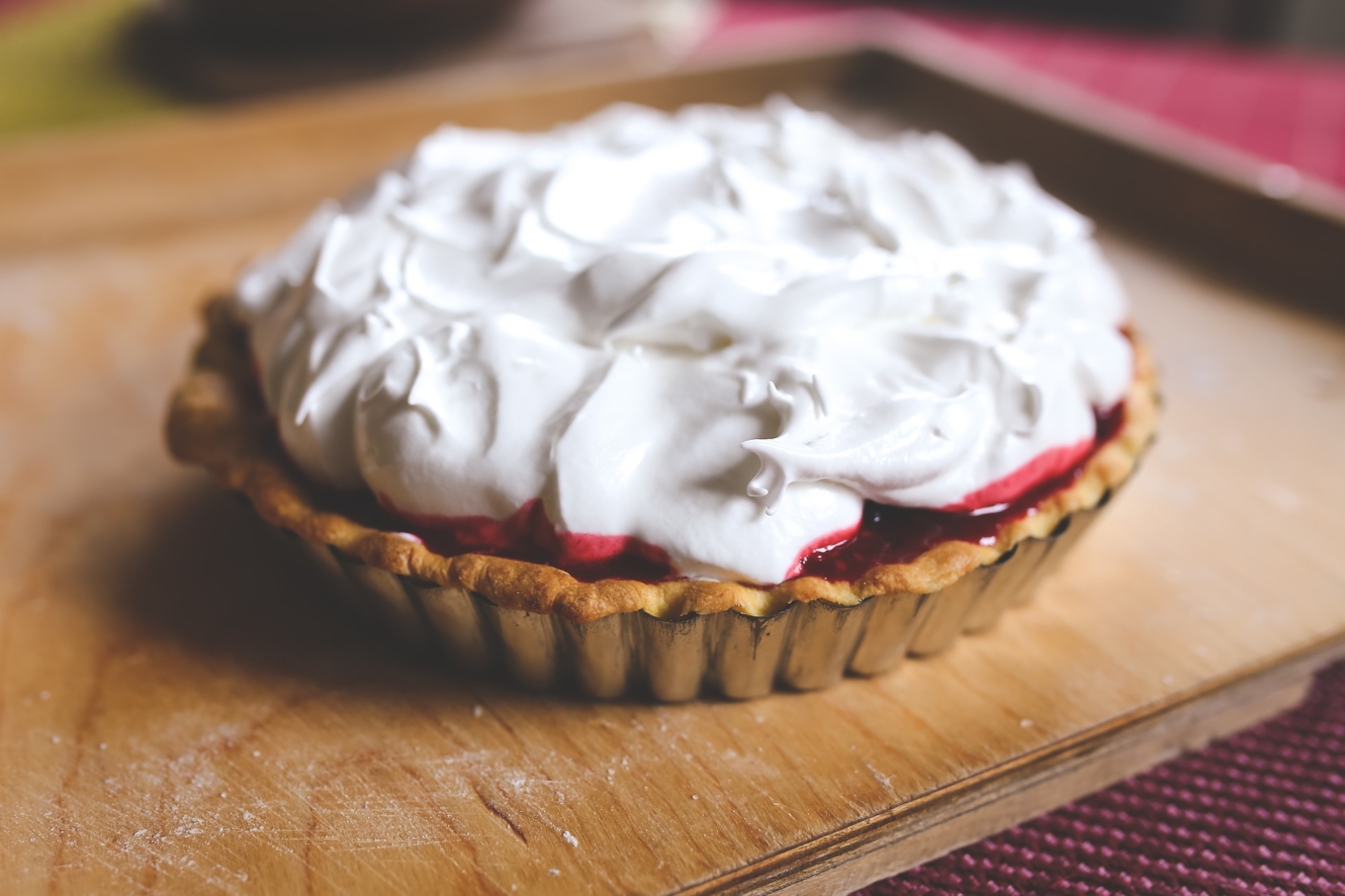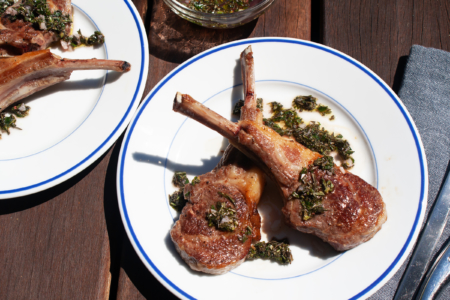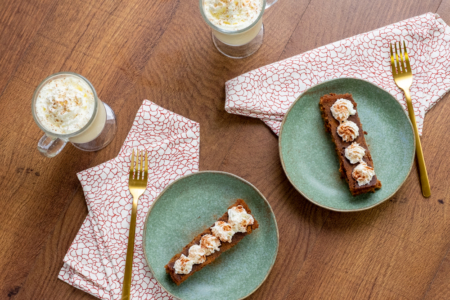Aquafaba is the thick liquid that results from cooking legumes in water. Put simply, it’s the juice in a can of beans. Though the name can apply to liquid from any bean variety, chickpeas (garbanzo beans) are most prevalent and, according to America’s Test Kitchen, make the superior choice.
History
Though the concept of cooking with bean liquid is certainly not new to the world, its potential as an egg white replacement, the holy grail for vegans, was documented only within the past decade. In 2014, Joël Roessel’s experiments with foams derived from bean liquid inspired other adventurers, among them Goose Wohlt, a vegan living in Indiana. In early 2015, while experimenting with meringue for a Passover seder, Wohlt discovered that chickpea water, when whipped, took on the properties of egg whites. His announcement on Facebook took the vegan community, and eventually the culinary world at large, by storm. Wohlt then coined the term “aquafaba” based on the Latin words for “water” and “bean,” and founded the Official Aquafaba Website.
Flavor
On its own: no surprise, it tastes like beans. But when mixed with other ingredients, its own mild flavor dissipates, leaving only the flavors of the other ingredients. Aquafaba isn’t used for its flavor, but rather its molecular properties.
Science
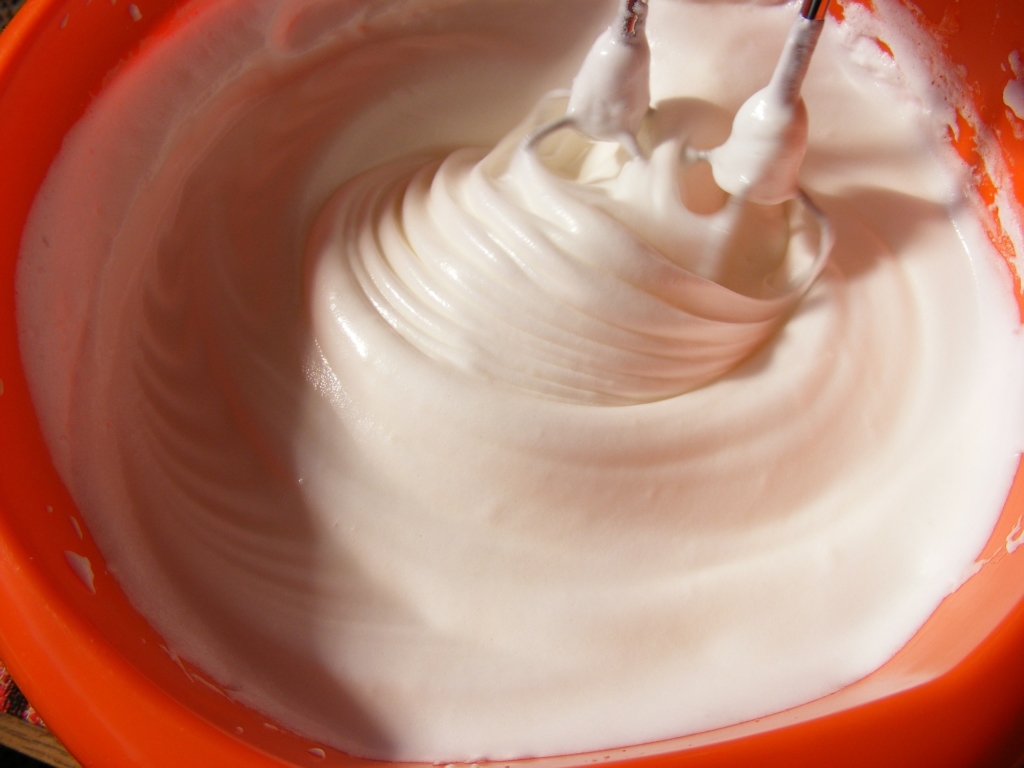
The liquid is able to emulate the functional properties of egg whites, in some cases serving as a direct replacement. Aquafaba can act as a binder, leavening agent, or emulsifier, but the science isn’t completely understood. Egg whites become foamy when whipped because its proteins trap air and suspend miniscule air pockets inside the liquid. The proteins in aquafaba, there due to the liquid’s contact with chickpeas, might play a similar role. Foaming agents called saponins, which are found in many plants including chickpeas, are present in aquafaba and may contribute to the foaming effect. America’s Test Kitchen has more detailed aquafaba science.
Uses
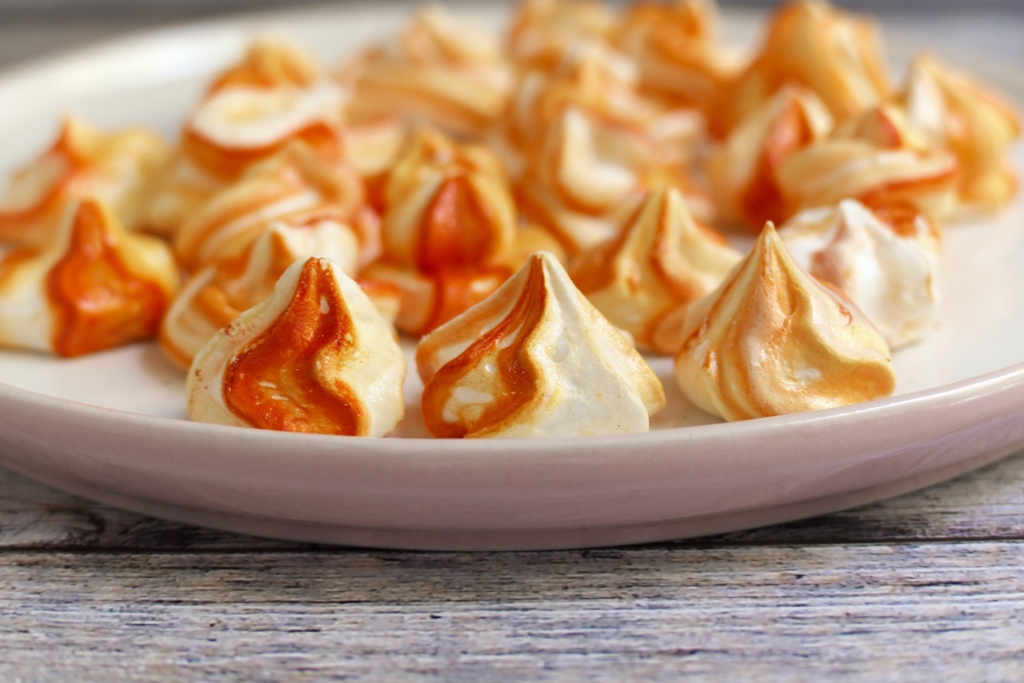
Use aquafaba in meringues, macarons, mousse, ice cream, whipped cream, marshmallow fluff, mayonnaise, and more. Back in 2015, Slate published the original recipe for aquafaba meringues. It can also be used to make vegan butter, which can then contribute to baked goods like cookies and brownies. The blog Minimalist Baker lists many recipes in a guide to aquafaba.
The liquid can also appear in savory dishes, subbing in for the eggs to bind fritters and crab cakes or breading on fried foods. It supposedly also can transform into aquafaba mozzarella.
Wohlt told Bon Appetit that the rule of thumb when substituting aquafaba for egg is 1 tbsp for one yolk, 2 tbsp for one white, and 3 tbsp for one whole egg, but it may also depend upon the consistency of your aquafaba. Watery aquafaba can be reduced on the stove by about 25 percent before using.
Why not just use eggs?
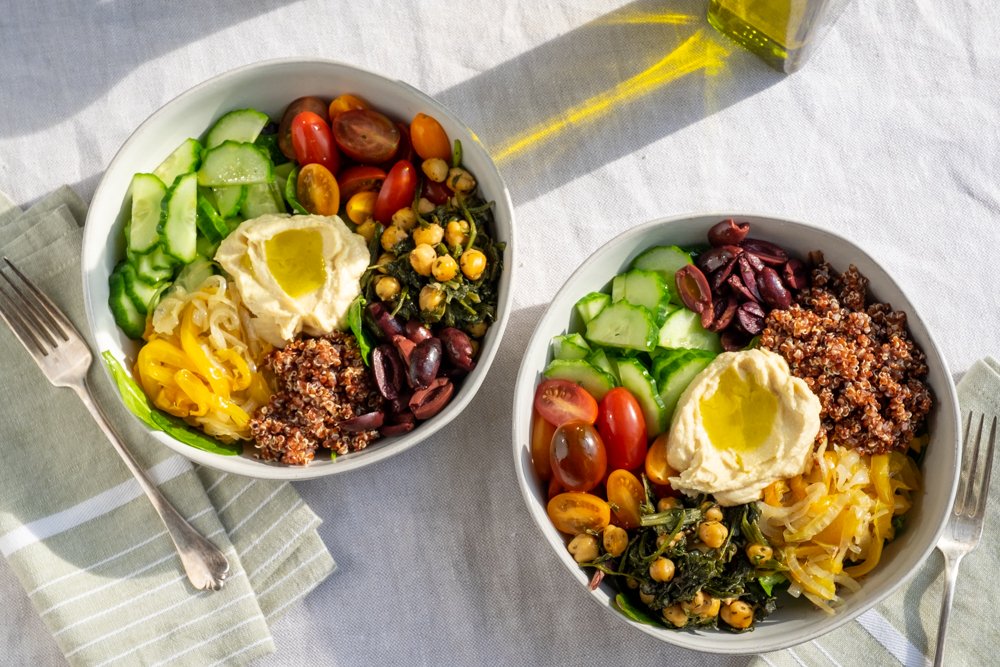
Egg replacements are important for vegans, people with egg allergies, and people concerned for animal welfare. If substituted for whole eggs, aquafaba could reduce cholesterol intake, and it reduces waste by making use of something otherwise disposable. And if you’re wondering what to do with all those chickpeas, upping our chickpea game isn’t bad, either (try Suvie’s smoky, Andalusian-inspired spinach and chickpeas or our Mediterranean Vegetable Bowl). As if their versatility, nutrition, and deliciousness weren’t enough, chickpeas are earth-friendly, too. Drought-hardy chickpea plants save on water, replace nitrogen in soils, and can reduce carbon footprints by standing in for animal protein as one of the cheapest sources of protein out there. Consider it a win-win-win.
Feature Image: Karolina Grabowska from Pixabay
